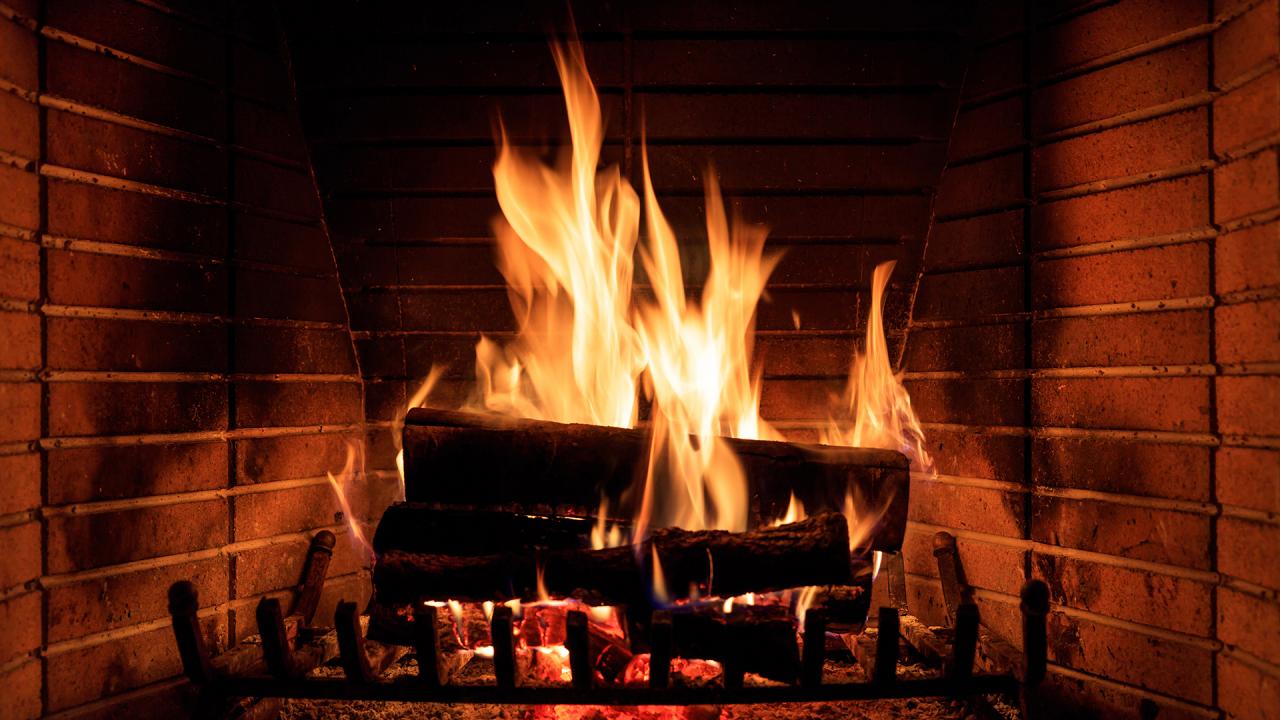
Why treated wood should not be burned in the fireplace
It’s nice to light a fireplace to keep warm in cold weather. We usually throw any wood or logs that come to hand into the fire. Although this is a normal practice, you should be careful when throwing treated wood into the fire.
Never throw pressure-treated wood into a fire, fireplace, or outdoor fire pit! Pressure-treated wood can release harmful or poisonous chemicals that are hazardous to health. It will also be helpful for you to know how to tell if wood is treated.
Here is a list of the main reasons why treated wood should not be burned in a fireplace:
1. Toxic fumes: Treated wood often contains chemical preservatives, such as chromated copper arsenate (CCA) or pentachlorophenol (PCP), which are intended to protect the wood against decay and insect damage. When burned, these chemicals release toxic fumes and pollutants into the air, which can be harmful to human health and the environment.
2. Health risks: The fumes emitted by burning treated wood can contain a variety of hazardous substances, including heavy metals like arsenic, chromium, and copper. Inhaling these substances can lead to respiratory problems, skin irritations, and other health issues. The toxic fumes can also be particularly harmful to individuals with asthma, allergies, or other respiratory conditions.
3. Environmental impact: Burning treated wood contributes to air pollution and can have a negative impact on the environment. The release of toxic chemicals into the air can contaminate soil, water sources, and nearby vegetation. This pollution can have long-lasting effects on ecosystems and can harm plants, animals, and aquatic life.
4. Ash disposal: The ash produced from burning treated wood may also contain harmful residues and chemicals. Disposing of this ash can be problematic, as it requires proper handling and disposal methods to prevent contamination of soil and water.
5. Legal regulations: Burning treated wood may be prohibited by local or regional regulations. Many jurisdictions have restrictions on burning certain types of materials due to the potential health and environmental hazards they pose. It is important to check with local authorities or consult local ordinances to ensure compliance with any restrictions.
6. Creosote buildup: Treated wood tends to produce more creosote when burned compared to untreated wood. Creosote is a highly flammable and sticky substance that can accumulate in the chimney or flue. Over time, excessive creosote buildup can increase the risk of chimney fires, which can be extremely dangerous and cause extensive damage to the home.
7. Damage to fireplace and equipment: The chemical compounds present in treated wood can corrode metal components, including fireplace inserts, grates, and chimney liners. Burning treated wood can accelerate the deterioration of these parts, leading to potential safety hazards and costly repairs or replacements.
8. Odor and smoke issues: Burning treated wood can produce unpleasant odors and release more smoke compared to burning untreated firewood. This can result in discomfort for individuals inside and outside the home, as well as potential complaints from neighbors due to the excessive smoke.
Given these reasons, it is important to avoid burning treated wood in fireplaces or any other open fires. To ensure a safe and environmentally friendly fire, it is best to use only untreated, properly seasoned firewood. This type of wood provides better heat output, reduces the risk of chimney fires, minimizes pollution, and promotes a healthier living environment for human.
Great if you have a chainsaw and know how to split firewood with a chainsaw! Then you will always have your own ecologically clean product to light your fireplace and make your home cozy.






